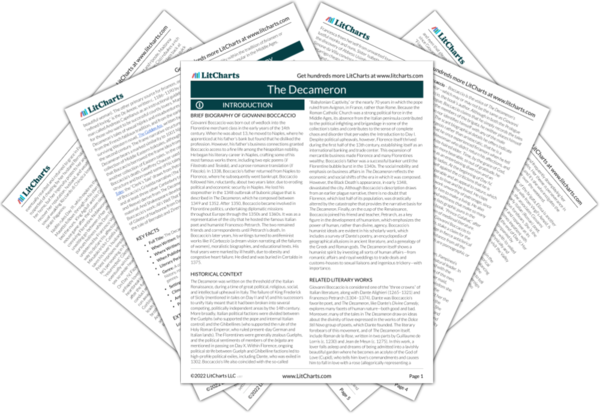With the priest in his underwear and Gemmata totally naked, the situation is getting sketchier by the minute, but Pietro and Gemmata’s investment in the magical ritual is unruffled, even as the event seems to be an excuse for the priest to fondle the woman’s naked body. In his ritual, Father Gianni does indeed seem to work a kind of magic in his ability to trade his usual sleeping companion (his horse) for the sexy Gemmata, with whom he has sex in front of her husband. In attaching the “tail,” Father Gianni places himself in the tradition of
fabliaux priests who dupe gullible husbands into witnessing their own cuckolding.
